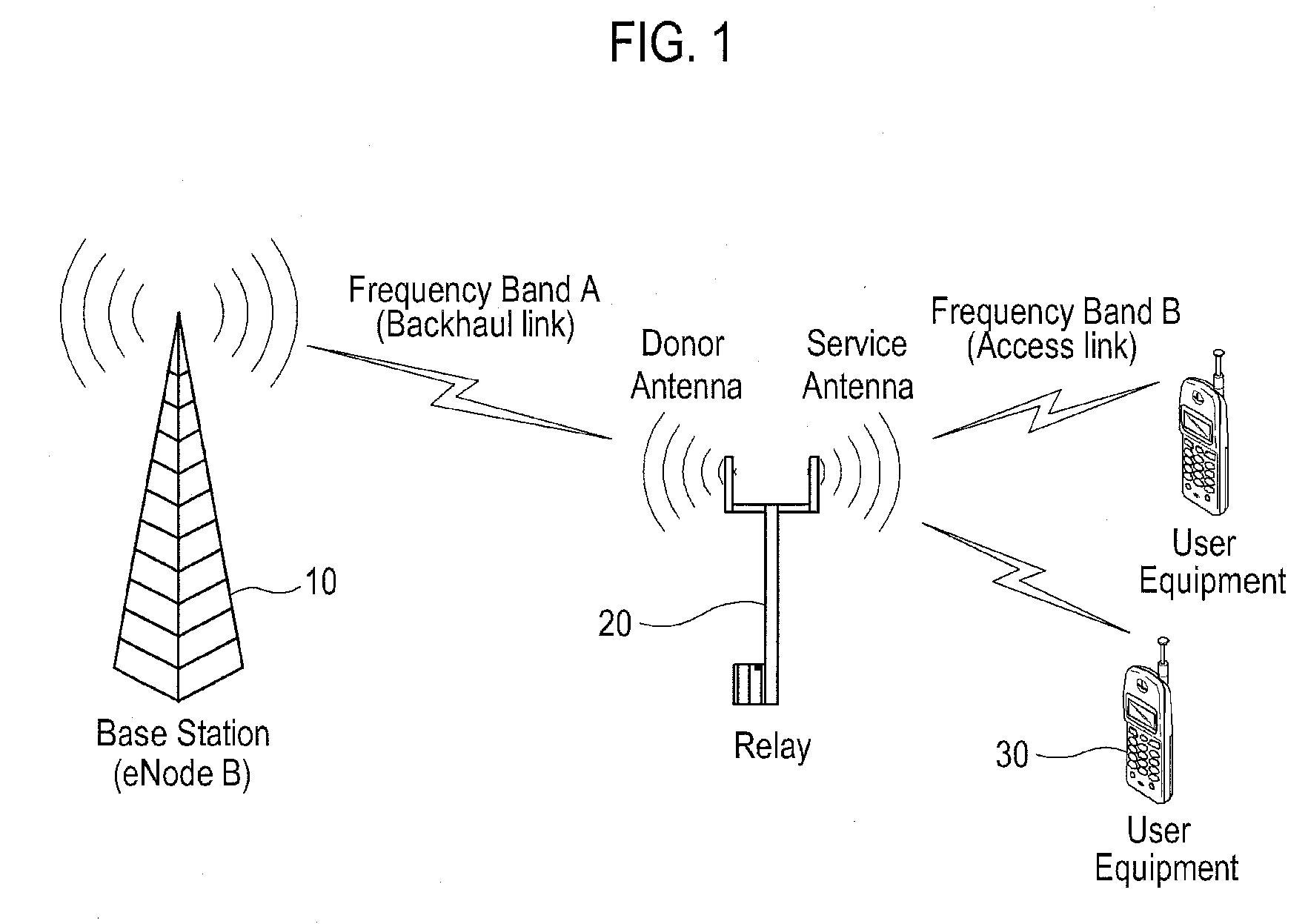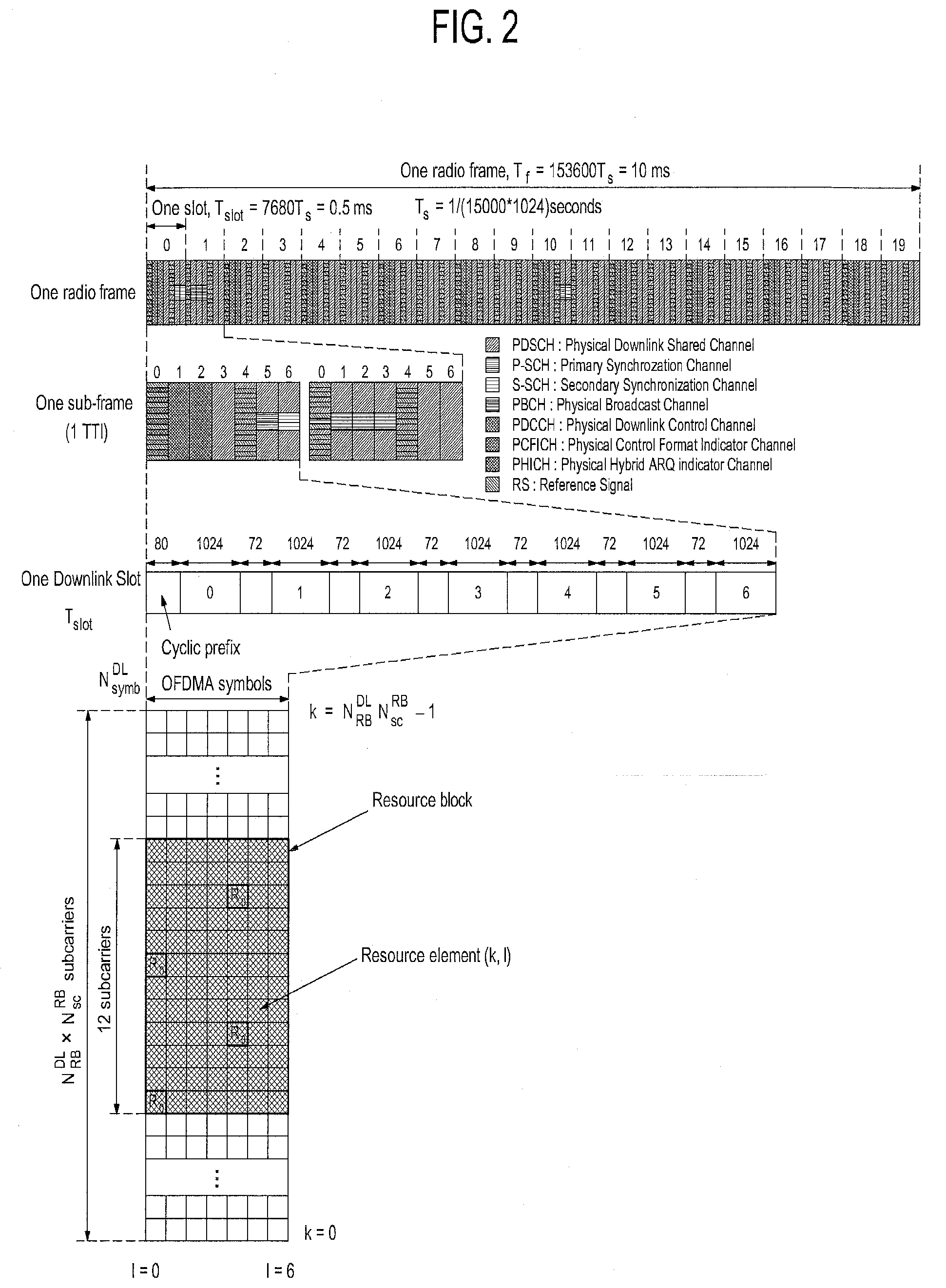Apparatus and method for removing self-interference and relay system for the same
a relay system and self-interference technology, applied in the field of relay systems, can solve the problems of repeater also amplifying and transmitting, waste of frequency, and degrading the use efficiency of wireless frequency
- Summary
- Abstract
- Description
- Claims
- Application Information
AI Technical Summary
Problems solved by technology
Method used
Image
Examples
Embodiment Construction
[0031]Hereinafter, preferred embodiments of the present invention will be described in detail with reference to the accompanying drawings. In the following description of the present invention, a detailed description of widely known functions and configurations incorporated herein will be omitted when it may make the subject matter of the present invention rather unclear.
[0032]FIG. 1 shows an exemplary relay system capable of being introduced into the present invention.
[0033]As shown in FIG. 1, relay system 100 may include a base station (eNodeB) 10, relay 20 and user equipment 30 (user equipment, UE). In the present invention, relay 20 may be replaced with a repeater, and frequency band A for a link (Backhaul Link), between base station 10 and relay 20, may be identical to frequency band B for another link (Access Link) between relay 20 and UE 30. That is, relay 20 of the present invention may in some embodiments be an in-band relay where frequency band A and frequency band B are t...
PUM
 Login to View More
Login to View More Abstract
Description
Claims
Application Information
 Login to View More
Login to View More - R&D
- Intellectual Property
- Life Sciences
- Materials
- Tech Scout
- Unparalleled Data Quality
- Higher Quality Content
- 60% Fewer Hallucinations
Browse by: Latest US Patents, China's latest patents, Technical Efficacy Thesaurus, Application Domain, Technology Topic, Popular Technical Reports.
© 2025 PatSnap. All rights reserved.Legal|Privacy policy|Modern Slavery Act Transparency Statement|Sitemap|About US| Contact US: help@patsnap.com



